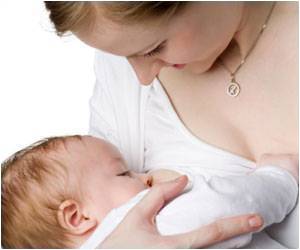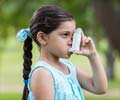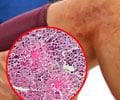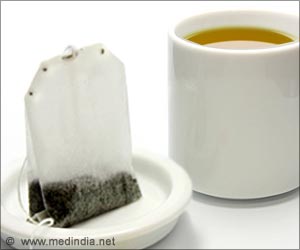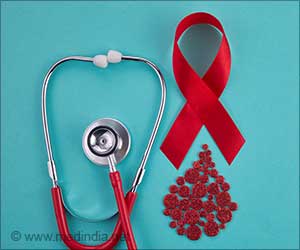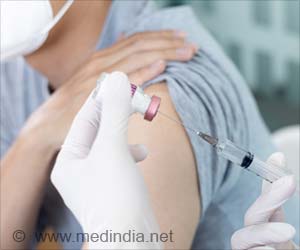A recent study shows that a year old babies given paracetamol run a risk of developing asthma by the age of three years. However, this doesn’t prove the link and further research is encouraged.
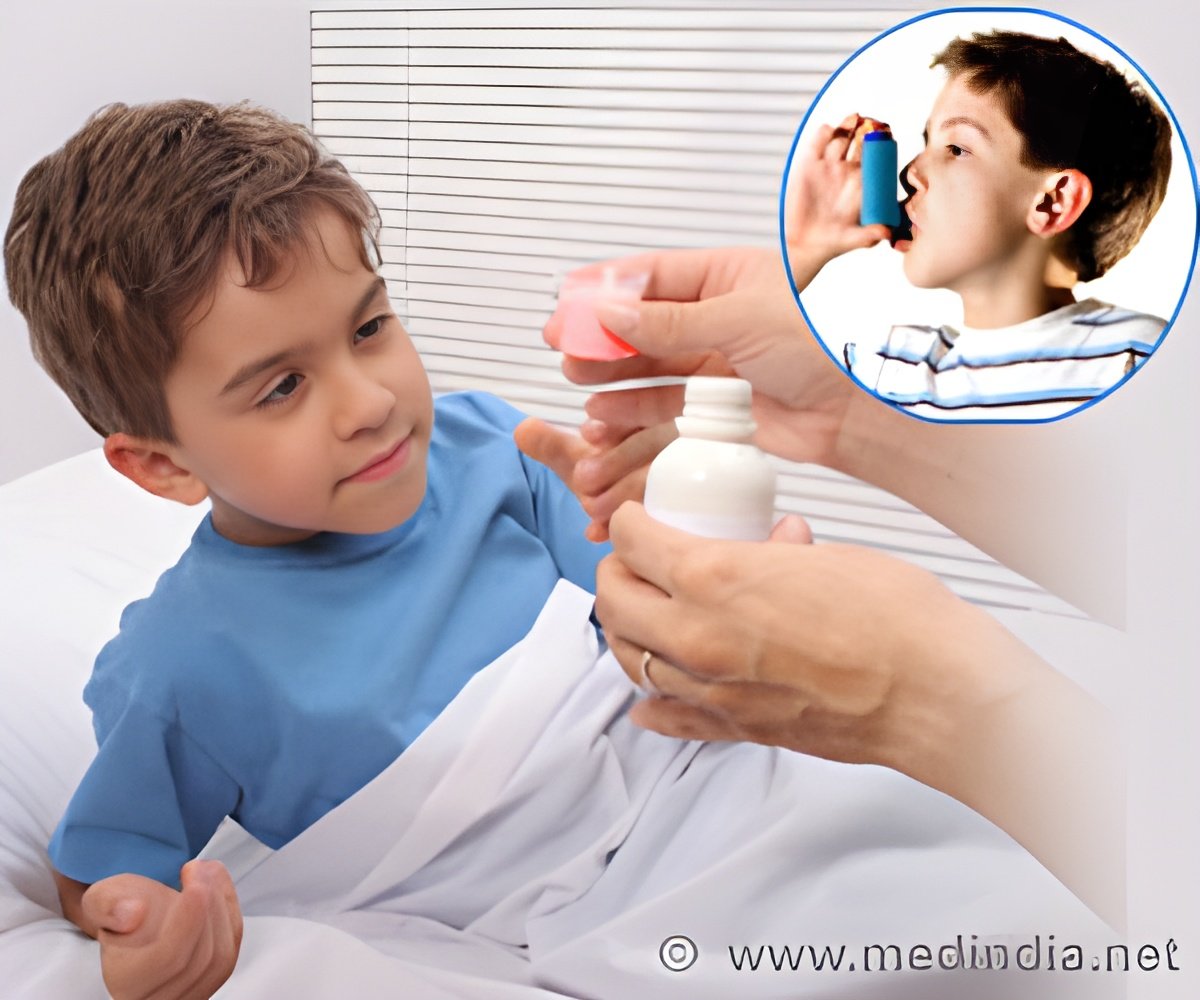
Professor Hans Bisgaard, a senior researcher, warns parents that they should use paracetamol only when it is necessary or the baby has high temperature.
The research led by Professor Hans Bisgaard studied 336 children, whose health was monitored from the time of birth till the age of three years. All these children had mothers suffering from asthma. It was observed that by the age of three, 19% of these babies had asthma-like symptoms, which was more common in those who had been given more paracetamol. Doubling of the number of days during which the paracetamol was given showed an increase in 28% of risks of developing asthma by the age of three. However, it was also observed that when these children reached the age of seven, the symptoms disappeared; 14% of the children had asthma at that point and there were no greater risks for those who were given the drug as infants.
Researchers believe that the children with asthma tend to get more severe respiratory infections and hence many of them have been given more treatment and medication as a result.
This study was published in the Journal of Allergy and Clinical Immunolgy. Professor Bisgaard says that it is too early to conclude the results, but the findings should encourage further research into a “plausible biological mechanism”.
Source-Medindia


